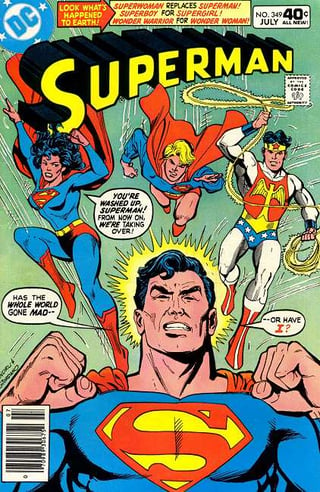The stamp indicates a brand or a category that the comics belongs to.
This is so that a reader who has picked up one comic she likes, will be steered toward similar titles from the same publisher. There can be more than one brand, sometimes taken to extremes. Note for instance the following Lucifer cover:

The cover classifies the comic in the following way:
- It's the march 1999 issue.
- It's part of a 3-issue miniseries named "the morningstar option"
- The miniseries belongs to The Lucifer title.
- Lucifer is a subset of the Sandman continuity, as shown by a "the sandman presents" heading
- Sandman and Lucifer is published under the Vertigo label, an "imprint" used to distinguish comics for a mature audience
- Vertigo is printed by the publisher DC Comics, which is named in a subheading under the Vertigo label.
That's a classification hierarchy that's six levels deep! No doubt due to DC being a big publisher. (DC is owned by Warner Brothers, but they rarely add the WB logo to comics) It's then refreshing to see a smaller publisher's cover, like the Orchid issue below.

Issue 1 of "Orchid", published by Dark Horse. Just 3 levels.






